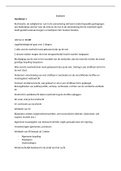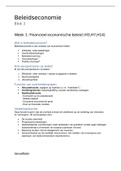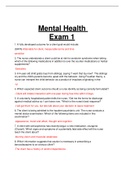College aantekeningen
Demography and Epidemiology of Ageing and Migration in the EU Lectures
- Instelling
- Maastricht University (UM)
lectures from the course 'demography and epidemiology of ageing and migration in the EU' from the study year 21/22 of European Public Health year 2
[Meer zien]













